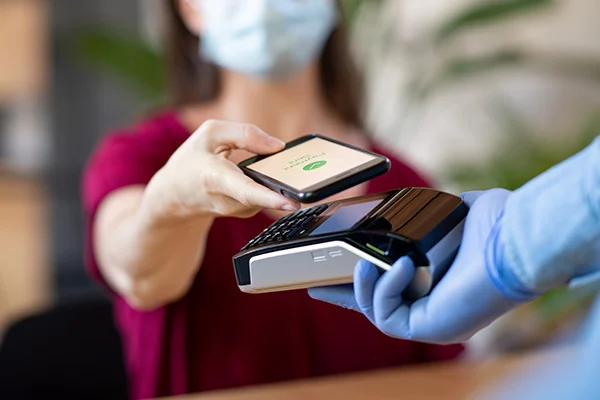A Guide to Mobile Merchant Payments: Revolutionizing Transactions

Digital technology has really revolutionized the ways that different organizations conduct their operations most especially in the area of payments. Acceptance solutions for mobile merchants payment have become one of the most important ways for increasing payment possibilities for enterprises.
What Are Mobile Merchant Payments?
Mobile merchant payments can be defined as businesses’ capacity to obtain payment through a Smartphone or any touch-pad device. Such systems employ a range of technologies; mobile applications; QR codes; NFC (Near Field Communication); and contactless payment and wallet services.
Types of Mobile Merchant Payment Systems
-
Mobile Point-of-Sale (mPOS):
Mobile terminals or applications through which the company can enter card payments outside the fixed sales area. They include Square, SumUp, and PayPal Here.
-
QR Code Payments:
Consumers use their smartphone to scan a QR code for the purpose of making a payment. Popular due to ease of use as well as its efficiency, this is one of the commonly specified methods of project delivering.
-
NFC Payments:
Tap-to pay features can be easily facilitated through approaches like Near Field Communication, Apple Pay, Google Pay and Samsung Pay among others.
-
In-App Payments:
Consumers go through their applications and make purchases; that’s why enterprises embrace payment gateways.
Benefits of Mobile Merchant Payments
-
Convenience and Speed:
Mobile payments are a faster method of payment than the usual time-wasting techniques encountered by customers.
-
Enhanced Security:
Most prominent mobile payments comprise of encryption, tokenization, and biometric security methods on the transactions.
-
Cost-Effectiveness:
These systems are sometimes cheaper to implement than conventional Point of Sale systems for instance their startup costs are relatively low.
-
Improved Customer Experience:
Accepting customers’ several payment options makes them happy and they are loyal to the business.
-
Real-Time Tracking:
Some of the mobile payment systems have analytic features to enable the business track sales and revenues on real-time basis.
How Mobile Merchant Payments Work
-
Setup:
The merchant subscribes to provided services and implements them into his application, it could be an application, website, or a physical store.
-
Transaction:
The decision to pay using a specific method is made by the customer controlling his/her mobile device to make the payment.
-
Processing:
They enter the payment details in the payment gate way form, and the dealer process it securely.
-
Confirmation:
At the end of the transaction, the merchant and the customer get an acknowledgment of the payment.
Conclusion
Mobile payment or more to the point, mobile merchant payments are slowly bringing a new revolution in the ways business are transacted. When implementing these solutions the merchants are able to offer quicker safer and easier payment methods to the consumers. Thus it can be concluded that mobile payments will continue to play a critical role in business every year as the use of technology progresses.




